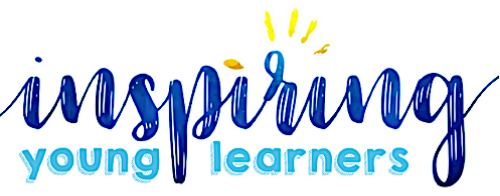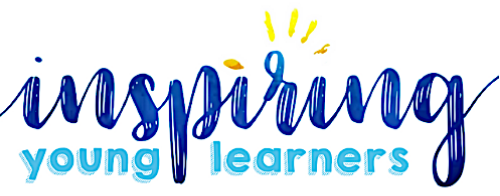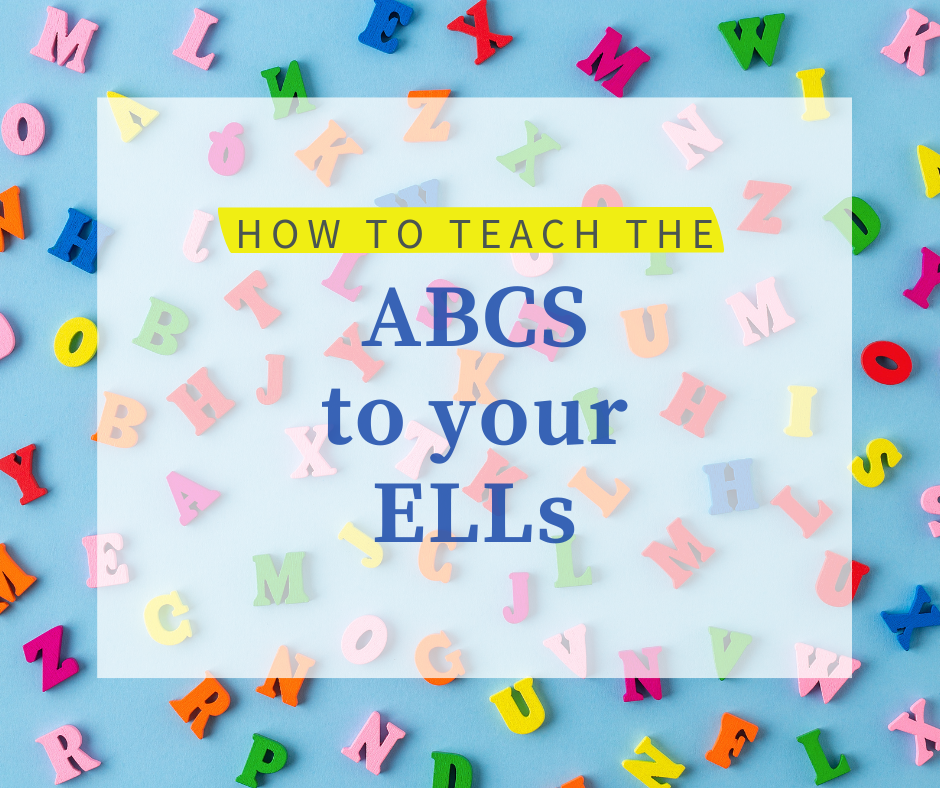
There are a lot of questions swirling around the topic of how to best teacher Newcomers the English alphabet. Should we start right away even if they don’t know any English? Should we focus on their native language alphabet first to see if they know that? Will they be able to understand the sounds if they are extremely different from their native language?
Let’s first begin with what research says.
The first thing we have to realize as teachers is that English is not a phonetic language. If you have ever learned Spanish, you know that it is easy to spell because the word is spelled as it sounds. It is not the same in English and actually very difficult to learn with all the exceptions we have in our language. When it comes to ELLs and learning the English alphabet so much of their success depends on what their native language is. A student who has a latin based language like Spanish, French, or Italian would most likely be able to adapt to English sounds easier than a student who comes from a tonal language would, but even those speakers will have difficulty. Why? Because English has over 44 sounds compared to Spanish which has 35, Italian with 33 and French with 32. If you subtract the phonemes in their native language that do not exist in English, this means that French, Italian, and Spanish speakers will have to learn about 20 or more phonemes in order to pronounce words similar to a native English speaker (Sousa, 2011). Let’s face it, English is hard to learn and we need to keep this in mind when we work with our ELLs!
Now, let’s move onto where to begin.
- Start with the letters in their name. These letters will give them meaning, purpose, and a connection.
- Move onto letters that can begin spelling words or a word family. Starting with “a” and “t” will give them a way to begin blending, and then you can add in “c” “s” “h” and so on.
- I would not spend much time on learning the names as sounds. There will be a lot of confusion with the sounds so spend your energy there. As they develop in their English skills they will learn the names or they can listen to the ABC song for homework!
So, what should you do during your lessons?
- Incorporate sound files whenever possible. The more your students hear the sound aloud when they work with the pictures, the faster they will pick up the letter sounds and names.
- Use pictures that will help develop vocabulary as well. Add in a variety of adjectives, verbs, and nouns so that at the same time they are working on letter names and sounds, they are developing a strong English work bank.
- Start small and repeat often. Repetition of the sounds and pictures is key to language development of a newcomer. Think fo multiple ways you can introduce the letters and sounds and try to include as many sensory approaches as possible in order to build schema.
- You might find your students struggle with differentiating letter sounds. For example, in Spanish, the letters B and V have the same sounds, so for our Spanish speaking ELLs they might not be able to clearly distinguish a difference. Stand alone letter activities will be frustrating for your students, so try using clear pictures to connect meaning to the letter.
- If you are a native speaker think of how you learned the difference of sounds? Listening of course! Use listening activities to train your student’s ears to catching the small sounds differences with the English alphabet.
When you incorporate these types of activities into your language block, you will see your students more engaged and exciting as they see the English alphabet come to life!
Now I know you might be asking, but I have high school newcomers, what do I do?
Great question! Use these same activities but use real pictures to make sure they aren’t babyish. You can also try to assign the homework to be alphabet activities so that they aren’t embarrassed to have their classmates see what they are working on. In the end, if you make the activity fun and engaging even a cool high schooler will want to participate! 🙂
Now, even better! What if I told you I have already done activities that include real pictures, sounds, and letter practice? If you are interested check out the growing collection of learning the ABCS for Newcomers on Boom Learning.

References
Sousa, D. A. (2011). How the ELL Brain Learns. SAGE Publications.



